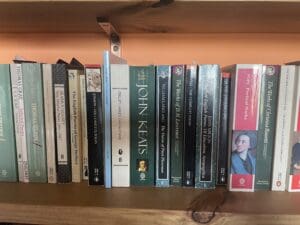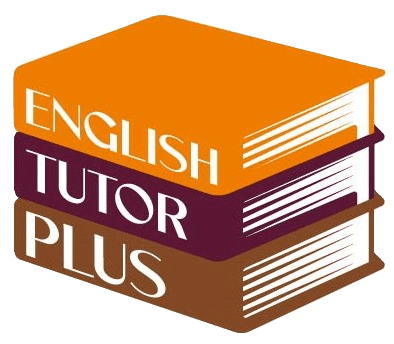What and How to Revise for your Specified Poetry exam (Edexcel A Level English Literature Component 3B: Specified Poetry Pre- or Post-1900)
This unit is the last part of your last English Literature exam so you may well be approaching it with a mixture of dread and relief!
Before you start, make sure you know exactly what the assessment objectives for this question are. You are assessed for:
- AO1: your ability to articulate an informed, well written essay; your use of relevant concepts and terminology.
- AO2: your ability to analyse the ways meanings are shaped in texts.
- AO3: your ability to understand the relevance and significance of relevant context
Note that there is no requirement to compare in this question.

Specified Poetry Revision Tips
- As with the modern poetry unit, make a table on which you list all the set poems in this collection (or, if you are studying Chaucer for this unit, break the Prologue and Tale into logical chunks) with about 5 empty columns next to your poems. Tick every time you revise a poem so that you keep track of your revision for this unit. This should ensure you check how often you revise each poem and make sure you don’t miss or neglect any.
- Check that you have good notes and annotations and that you have a clear understanding of each poem. If you don’t feel that you understand a poem enough, ask your teacher or use some online resources. A word of warning though, as there is no definitive reading or interpretation of any poem, what people publish online is just their opinion and may not be a full (or entirely accurate) presentation of the poem. If you’re using online resources, check several different ones and see which you agree with.
- As this is an open book exam, there is no need to learn quotations off by heart, but you do need to know what each poem is about and the main themes. Briefly summarise the main idea of each poem in one succinct sentence and bullet point the key themes. (As with all poetry, there will be more than one interpretation of each poem – yours is just as valid as other peoples, as long as you can prove your interpretations with sufficient evidence). You could revise this information using revision cards with the poem’s name on the front and the summary/themes on the back or revision posters divided into a grid with a space for each poem.
- For each theme in the poem, make sure you can pick out the main ways in which the poet communicates his/her message. You need to be able to comment on at least three distinct devices or techniques with at least two examples of where the poet uses these. Ensure you consider structure and form as well as language and make sure you can comment on the effect of a poet’s choice of form and structure as you won’t get many marks for simply feature spotting.
- Map the themes across the whole collection you have studied. This question will ask you to choose another poem to explore with the one directed in the exam question, so you need to know which poems link well. A table with the themes listed in the first column and the poems listed along the top row enables you to cross reference easily and see which poems fit well together. Quiz yourself, or others, on this; ask yourself which poems you would choose if ‘Poem A’ came up. Remember that the question will specify a theme or idea so there will be several possibilities for good pairings. Refine your thinking as you get to know the poems more: which poem would you choose if Poem A came up with theme B?
- The themes of each poem should be the steers of the exam questions so try rewriting your poem summaries with the steer word in them (this will form a thesis for your introduction). Try to focus on what you think the poet’s intention was with each poem and how a particular theme helps the poet achieve that purpose.

7. Learn the associated terminology for this unit and know where there are examples of it in the collection you have studied. The ‘look, cover, write, check’ method works well for learning definitions. Try sticking the definitions around your house in prominent places so that you frequently see those which you may be struggling with. Make sure you can comment on the effect of techniques as you won’t impress the examine with mere feature spotting.
8. Print out blank copies of the poems and annotate them from memory. Compare what you have written to your class notes and fill in any gaps in another colour.
9. You are assessed for context in this paper so make sure you know the contexts which influenced your poems or poet. As the poems in this unit are linked, try to look at context holistically i.e. what were the concerns of this poet/period rather than the context of each individual poem. You then need to link this knowledge to the poems; the examiners don’t like generalised statements about the social, historical or personal context, so you need to be able to anchor any contextual reference to a section of the text or specific quotation. On your newly annotated copies of the poems, (see 8), add links to context in a different colour. If there are poems you can’t make contextual links to, ask your teacher.
10. Do some timed essays to get used to writing your response in the hour you will have in the exam. Try to recreate an exam environment by leaving your phone elsewhere and making sure there are no distractions. Your exam is open book, but your text should not be annotated so, if possible, have unannotated copies to practise with. Get these marked and pay close attention to the feedback.
